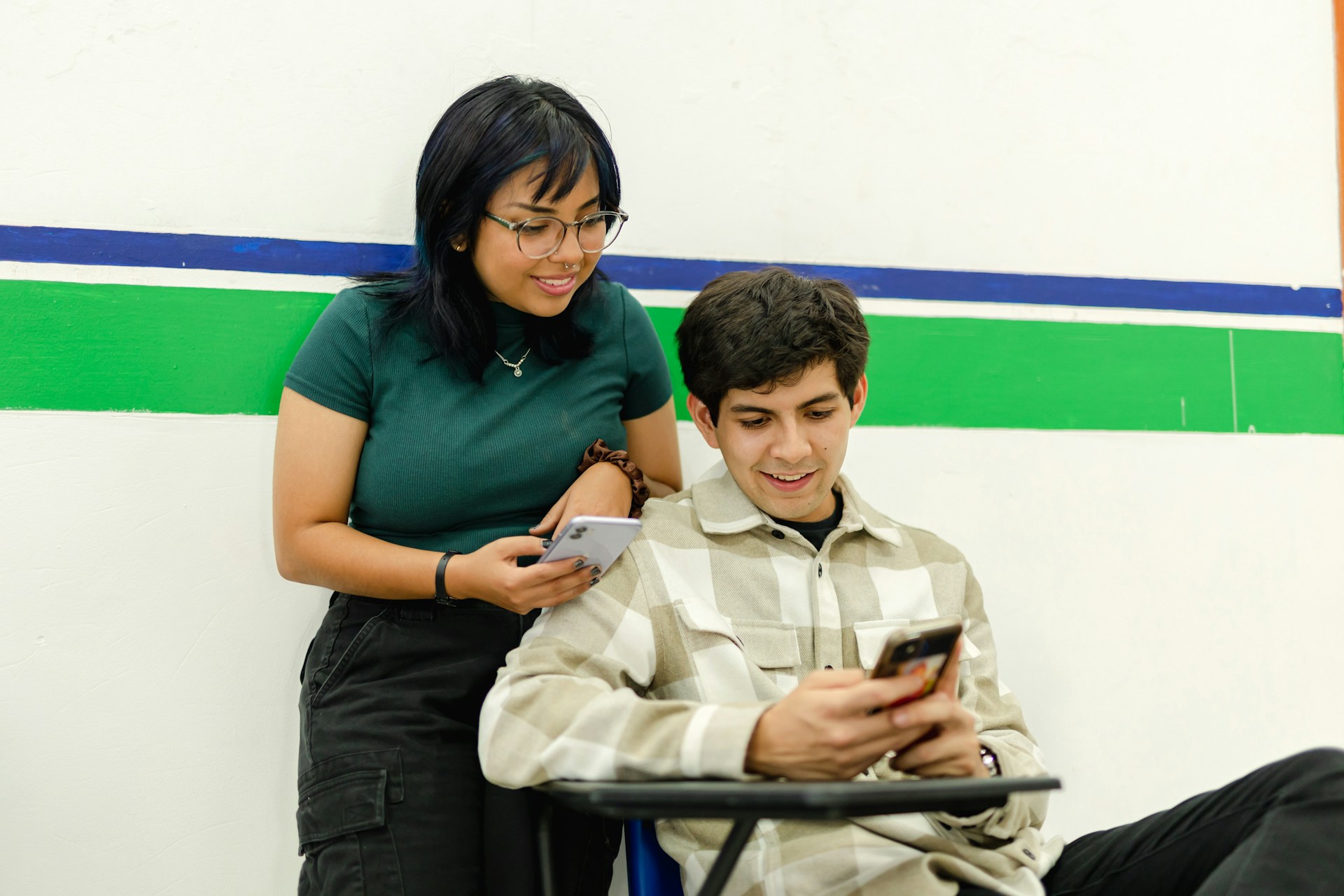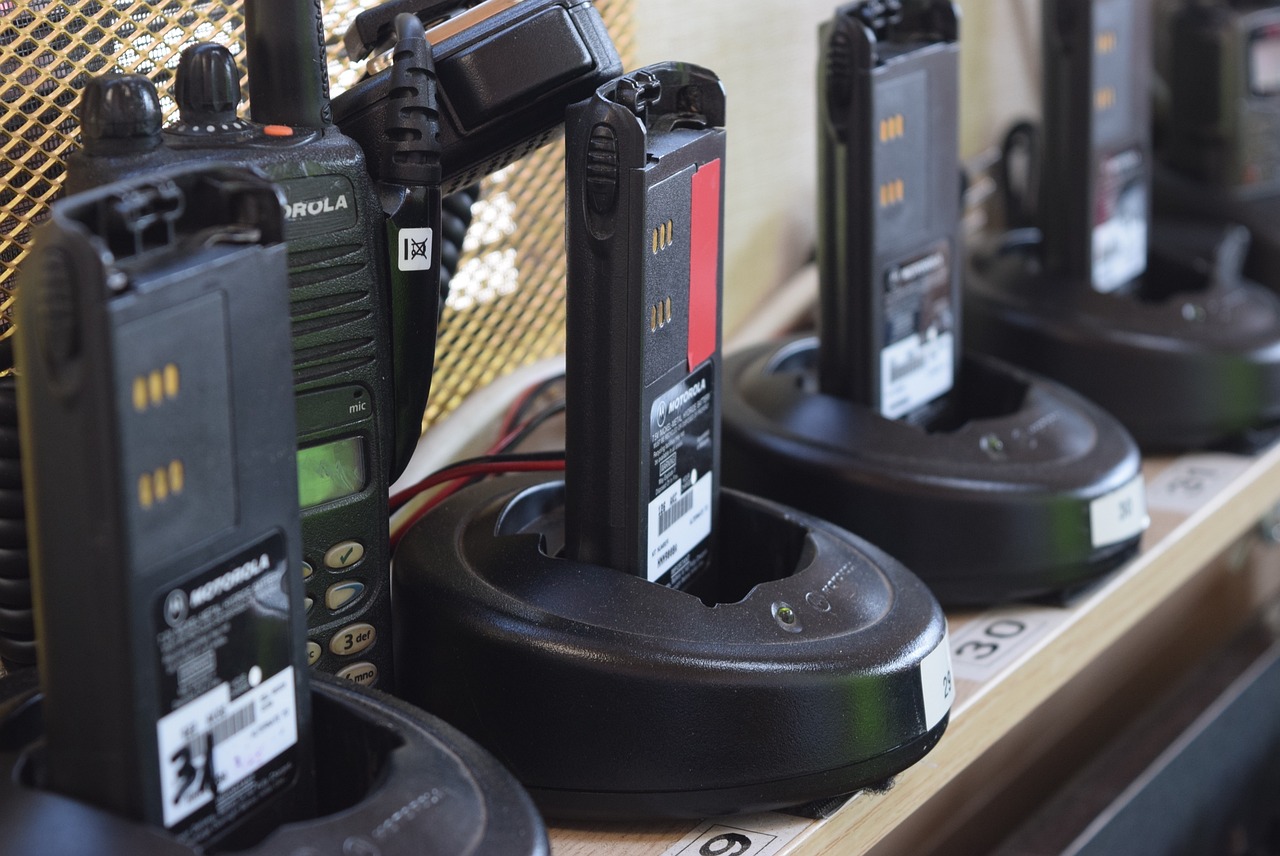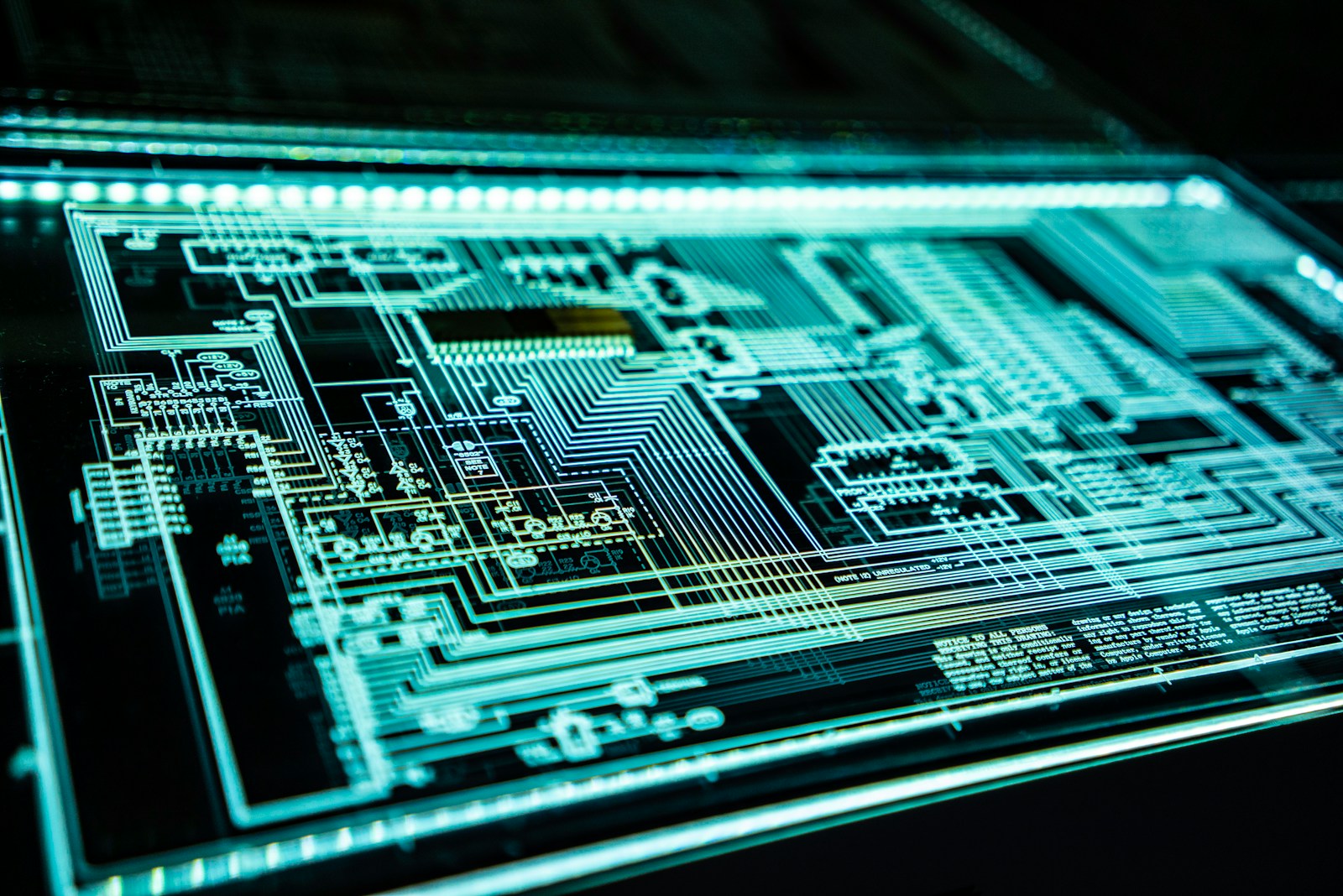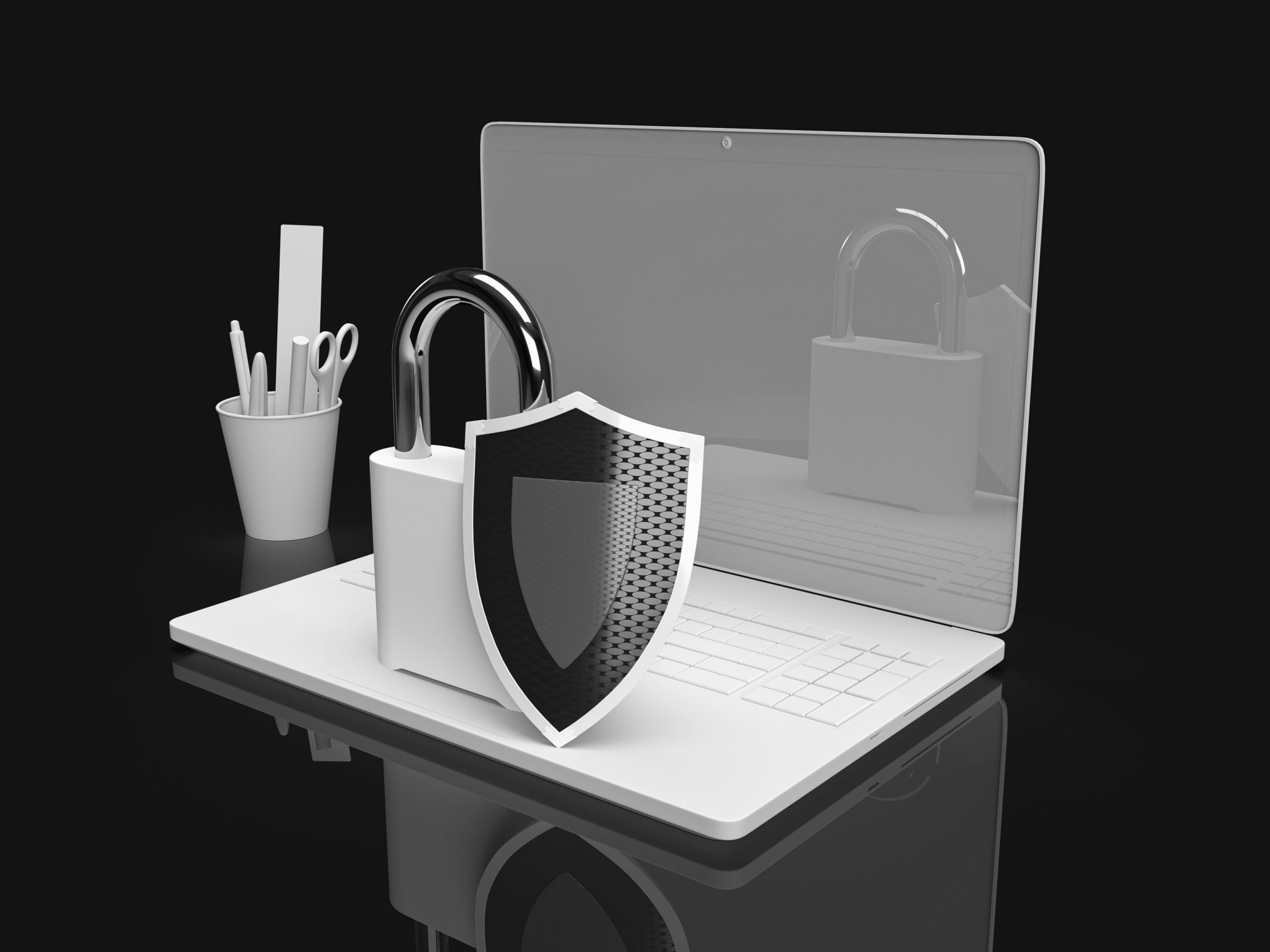The landscape of teen treatment centers is changing, driven by the latest technological advancements. As mental health awareness grows, these centers are leveraging innovative tech solutions to offer better, more personalized care for teens grappling with substance and behavioral issues. From AI-driven therapy to virtual reality (VR) sessions, these cutting-edge tools are revolutionizing treatment. This guide dives into the latest technologies making waves in teen rehab and how they are fostering a new era of healing.
AI-Powered Therapy
Artificial Intelligence (AI) is no longer confined to sci-fi; it has found a meaningful place in mental health care. In teen treatment centers, AI-powered therapy is becoming a game-changer. These systems analyze data to predict relapses, track progress, and customize treatment plans.
AI therapists are available 24/7, providing immediate support whenever a teen feels the urge to relapse or needs someone to talk to. The algorithms learn from each interaction, refining their responses to better address individual needs. This constant availability ensures that help is always within reach, reducing the risk of relapse during vulnerable moments.
AI’s predictive capabilities are also invaluable. By analyzing patterns in behavior, AI can alert caregivers and therapists to potential issues before they escalate. This proactive approach improves outcomes and helps teens feel more understood and supported.
Virtual Reality (VR) Therapy
Virtual Reality (VR) is another tech innovation transforming teen treatment centers. VR therapy immerses teens in simulated environments where they can confront and manage their fears and triggers in a controlled setting. This approach is particularly effective for treating phobias, anxiety, and PTSD.
In a typical VR therapy session, a teen might be guided through a scenario that triggers their anxiety, such as a crowded place or a social interaction. They can develop coping strategies in a safe environment by facing these situations in a virtual space. Over time, this desensitization helps them manage real-life situations more effectively.
VR also offers an escape for teens struggling with substance abuse. They can explore serene landscapes or engage in calming activities, helping them to relax and reduce cravings. This immersive experience provides a much-needed break from their daily struggles, promoting mental well-being.
The question of “Why don’t parents and teens get along?” often arises in the context of therapy. VR can help bridge this gap by simulating scenarios where both parties can practice effective communication and empathy. This collaborative approach fosters a better understanding between parents and teens, leading to healthier relationships.
Mobile Health (mHealth) Apps
Mobile health apps are putting the power of treatment in the hands of teens. These apps offer a range of features, from mindfulness exercises and mood tracking to virtual counseling sessions and peer support networks. They are designed to complement traditional therapy, providing teens with continuous support and resources.
One of the most significant benefits of mHealth apps is their accessibility. Teens can engage with therapeutic content whenever and wherever they need it, making integrating treatment into their daily lives easier. These apps also use gamification to make therapy more engaging, encouraging teens to stick with their treatment plans.
Mood tracking is a common feature in many mHealth apps. Teens can log their feelings, triggers, and activities, creating a detailed picture of their mental health over time. This data can be shared with therapists, allowing for more personalized and effective treatment plans.
Virtual counseling sessions offer another layer of support. Teens can schedule appointments with licensed therapists through the app, providing a convenient alternative to in-person sessions. This flexibility is especially beneficial for those who may feel uncomfortable or stigmatized attending traditional therapy.
Experiential Therapy
Experiential therapy is gaining traction as a powerful tool in teen treatment centers. It combines traditional therapeutic methods with creative and engaging activities. This approach allows teens to express their emotions and experiences nonverbally, fostering deeper understanding and healing.
One example is experiential therapy with art and music at a teen outpatient in San Jose or a residential facility in Columbus. These sessions provide a safe space for teens to explore their feelings through painting, drawing, music composition, and playing instruments. Art and music therapy help teens process trauma, reduce stress, and improve emotional regulation. By engaging in these creative outlets, they can uncover underlying issues that might be difficult to articulate in traditional talk therapy.
Music therapy, in particular, has shown remarkable results. Teens can express their emotions and stories through songwriting and performance, which can be incredibly therapeutic. Creating music allows them to connect with their inner selves and communicate complex emotions. Similarly, art therapy helps teens externalize their feelings through visual expression, offering insights that might be missed in verbal sessions.
Teletherapy
Teletherapy has become an essential part of mental health care, especially in the wake of the COVID-19 pandemic. For teens, this means access to therapy sessions from the comfort of their own homes. Teletherapy removes many barriers to treatment, such as transportation issues or social stigma, making it easier for teens to receive the help they need.
Teens can connect with their therapists through video calls, chat, or phone, depending on what they’re most comfortable with. This flexibility ensures that therapy can fit into their schedules and reduces the anxiety associated with in-person sessions. Teletherapy also allows therapists to observe the teen’s home environment, which can provide valuable context for treatment.
Biofeedback and Neurofeedback
Biofeedback and neurofeedback are cutting-edge technologies that help teens gain control over their physiological responses to stress and anxiety. These techniques use real-time data to teach self-regulation skills, promoting better mental and emotional health.
Biofeedback involves monitoring physiological functions like heart rate, muscle tension, and skin temperature. Teens learn to recognize their body’s stress signals and practice techniques to manage them. This process helps them develop a greater awareness of their physical responses to stress and anxiety, empowering them to take control of their mental health.
Neurofeedback, on the other hand, focuses on brain activity. Therapists can use EEG sensors to monitor brain waves and provide feedback to help teens regulate their brain function. This technique is particularly effective for treating ADHD, anxiety, and depression. Teens can improve focus, mood, and overall mental well-being by training their brains to produce healthier patterns.
Both biofeedback and neurofeedback offer a non-invasive, medication-free approach to treatment. They provide teens with tangible tools to manage their symptoms, fostering a sense of autonomy and confidence in their ability to cope with challenges. The immediate feedback from these sessions can be incredibly motivating, showing teens that they have the power to influence their mental health.
Final Thoughts
Integrating advanced technology in teen treatment centers marks a significant shift in mental health care. By embracing these cutting-edge tools, teen rehab centers are breaking down barriers and offering a brighter, more hopeful path to recovery.
The revolution in teen treatment is just beginning, and the blend of technology and therapy offers a powerful combination that promises to transform lives and break the old stigma that surrounds mental health and substance use. This new era of care ensures that teens receive the best possible support, paving the way for a healthier and more resilient generation.






